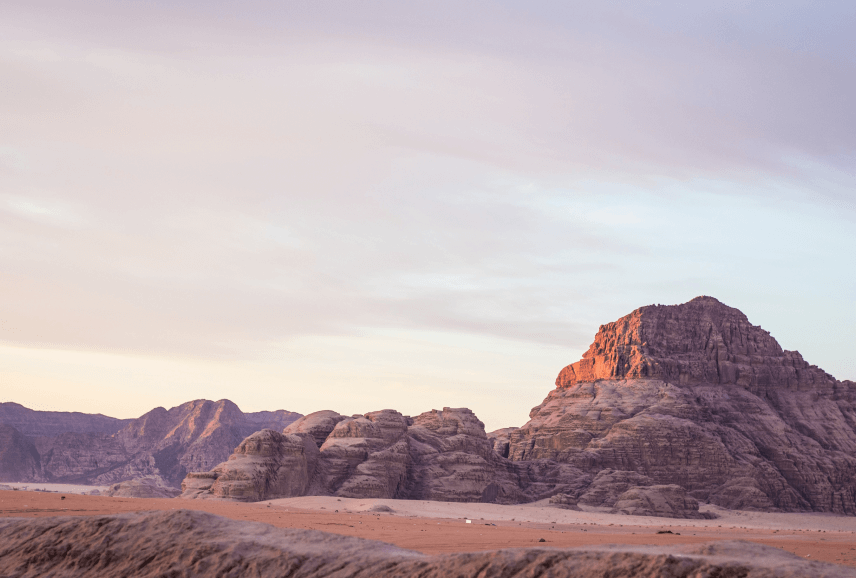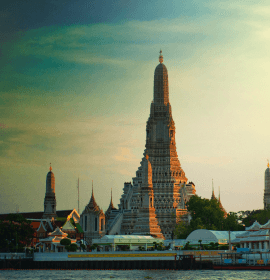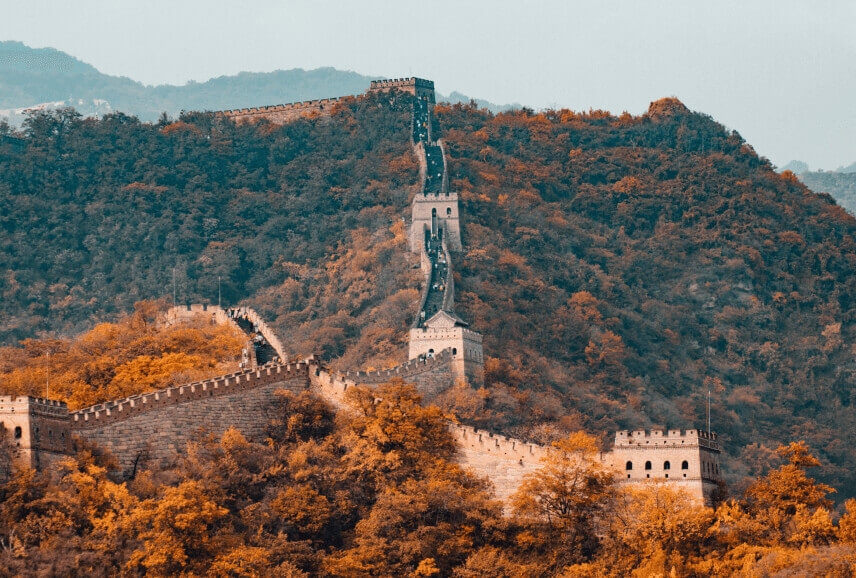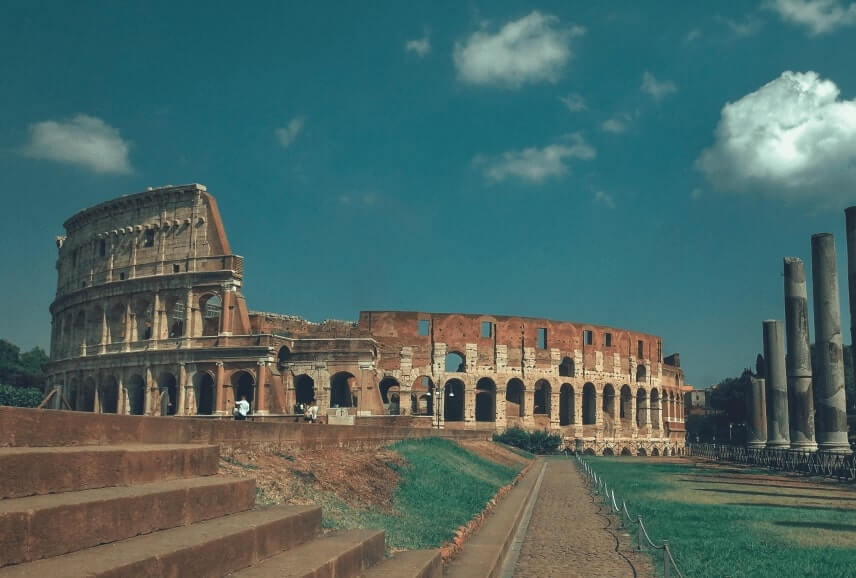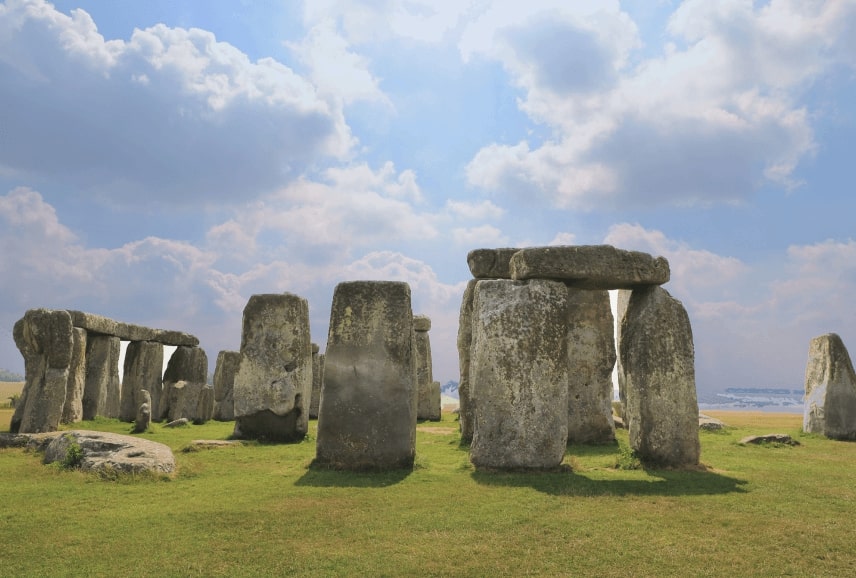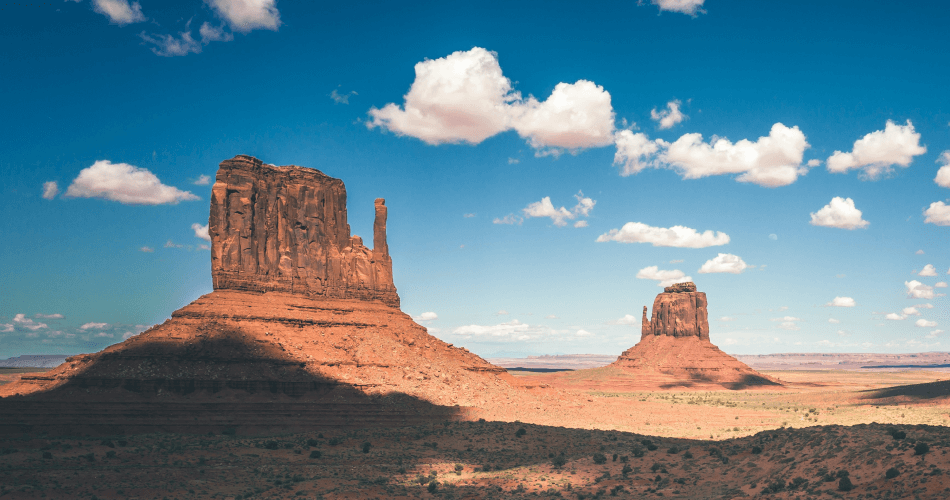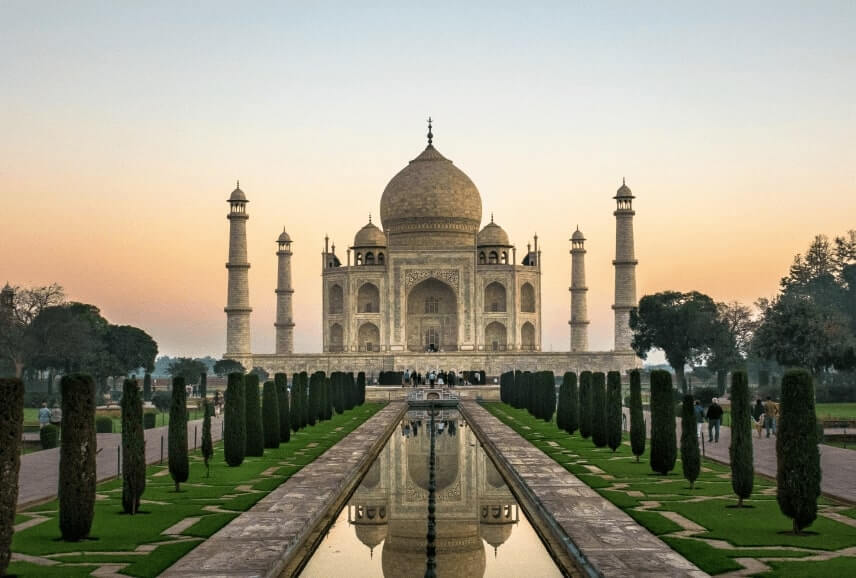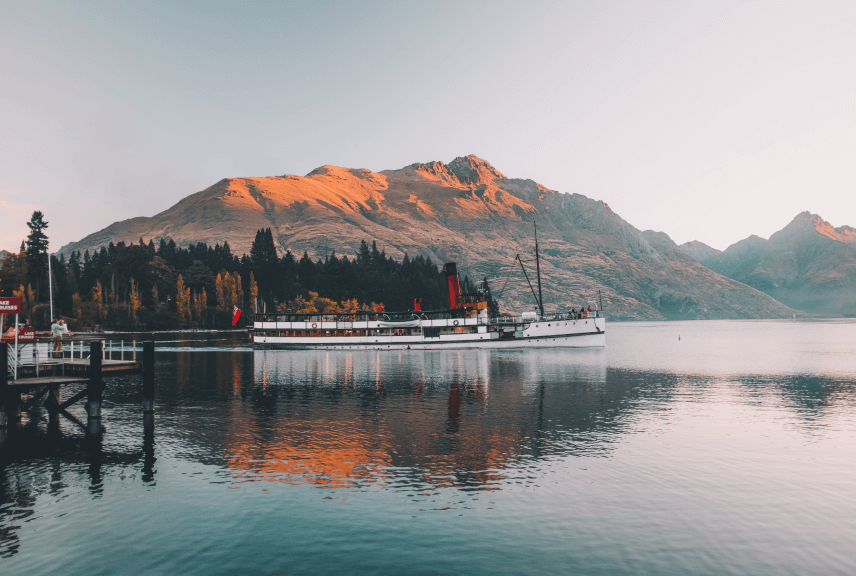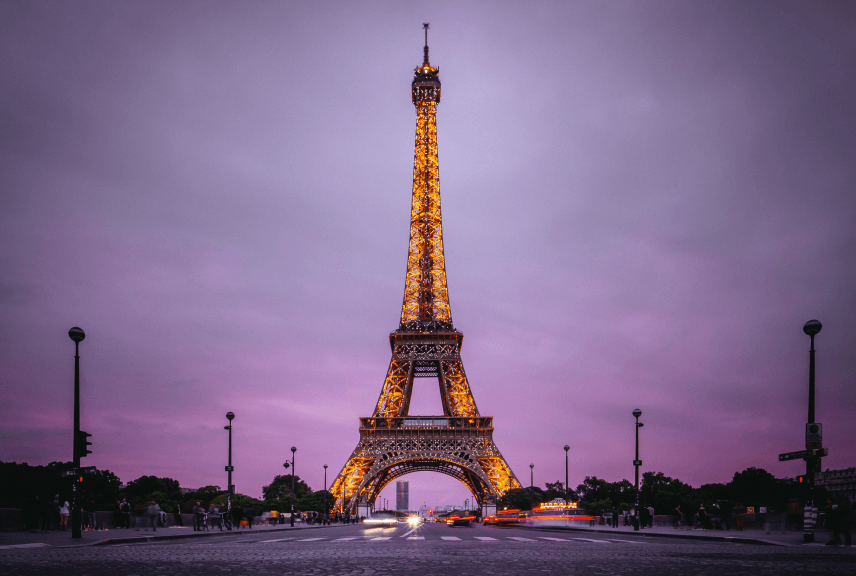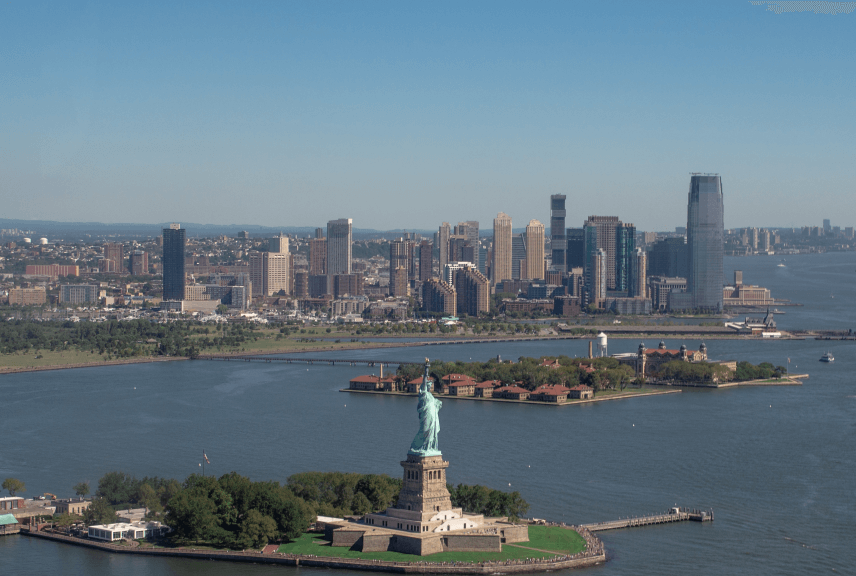We’re going to look at how to climb Mount Kilimanjaro, the African jewel in the crown of the Seven Summits. The most obvious reason why so many people choose to climb Kilimanjaro is that it is Africa’s highest mountain (5,895m) and the world’s highest free-standing mountain.
For many, the legend of climbing Mt Kilimanjaro dates back to Hans Meyer, the first European to reach the summit in 1889. While less is known about Sheila McDonald, the first woman to summit Kilimanjaro (and drink champagne at the top), her story is arguably even more inspiring. You might want to visit a mountain with a variety of ecosystems and weather conditions, ranging from rainforest to alpine desert zones all the way up to the Arctic. It could also be the allure of an African adventure, a la John Henry Patterson’s diaries.
The true beauty of a Mount Kilimanjaro climb, however, lies in the nuances. They begin before you even reach the mountain’s base, as you enter Tanzania’s rural areas. Here you meet the Swahili people, whose positive attitude and relaxed pace only add to the adventure that awaits you. In Swahili, the word “safari” means “journey,” and Kilimanjaro provides both literally and metaphorically.
Mount Kilimanjaro isn’t just a mountain to climb. It’s worth climbing for the experience and the people. From the campfire songs and soul-cleansing laughs to the gentle evening farewells of “lala salama” (sleep peacefully) as you snuggle into your sleeping bag, there’s something for everyone. Before you even begin your climb, you will fall in love with Tanzania under the watchful eye of the mountain.
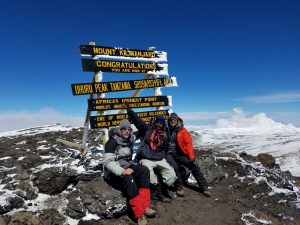 The process of organizing a trek can be intimidating for those who have never climbed Mount Kilimanjaro before. Our beginner’s guide to climbing Kilimanjaro will help simplify the process, answer some of the most frequently asked questions, and assist you in planning the trek of a lifetime.
The process of organizing a trek can be intimidating for those who have never climbed Mount Kilimanjaro before. Our beginner’s guide to climbing Kilimanjaro will help simplify the process, answer some of the most frequently asked questions, and assist you in planning the trek of a lifetime.
WHAT IS THE LOCATION OF MOUNT KILIMANJARO?
Kilimanjaro is situated in northeast Tanzania, close to the Kenyan border. It is located approximately 140 kilometers south of Nairobi, Kenya’s capital, and 500 kilometers northeast of Dodoma, Tanzania’s capital.
WHAT IS THE BEST WAY TO GET TO MOUNT KILIMANJARO?
To reach Kilimanjaro, fly to Kilimanjaro International Airport (KIA). Direct flights are available from Europe (Amsterdam and Zurich) and the Middle East (Doha and Turkey). However, you will almost certainly need to fly through another African destination – Dar es Salaam, Arusha, and Nairobi are your best bets.
A hike up Mount Kilimanjaro typically begins in one of two towns: Arusha, to the south west of the mountain, or Moshi, directly south. It takes about an hour to get to Moshi and about 80 minutes to get to Arusha. The most common mode of transportation is by taxi or pre-arranged shuttle; however, in many cases, your tour operator will meet you at the airport.
WHEN IS THE BEST TIME TO CLIMB KILIMANJARO?
Mount Kilimanjaro is located in Kilimanjaro National Park. Tanzania is 300 kilometers south of the equator, with wet and dry seasons alternating over a hot, muggy climate. The best time to climb Kilimanjaro, then? Let’s look at the seasons and the Kilimanjaro climbing season.
Tanzania has two rainy seasons: a short one from November to mid-December and a long one from March to May. During these seasons, the routes on Mount Kilimanjaro can be wet and muddy. These are the best times to climb if you value solitude over monsoonal weather because there are fewer people around. But be prepared to get soaked.
Peak season on the mountain is from July to October, which coincides with European summer vacations. This time of year is dry and cooler than the Christmas season, but expect some cold nights. If you want similar weather but with fewer people, mid-May to June is the best time. It’s just before Christmas, but climbing season is still in full swing.
The months of December through February are much warmer and have better visibility. However, the short rainy season can extend into December, so it may still be wet. These months also coincide with the Christmas holidays, so it can still get busy.
HOW LONG DOES IT TAKE TO CLIMB KILIMANJARO ?
There are seven routes that take between five and nine days to climb Kilimanjaro. However, it is critical not to rush the ascent as this may reduce your chances of success! This is because you must allow time for your body to acclimate to high altitude.
A slow, steady ascent allows your body to adjust to high altitudes, where there is less oxygen in the air; if you rush to the summit, you risk altitude sickness and having to abandon the mountain.
IS CLIMBING MOUNT KILIMANJARO DIFFICULT?
It takes a lot of courage to climb Mt. Kilimanjaro. Although it is considered one of the Seven Summits, it is still a 5895m mountain. Porters will be on hand to carry some of your gear, but you’ll still be carrying a daypack with all of your food, water, and clothing for the day.
On Kilimanjaro, you can skip acclimatization days and climb quickly. However, this is not recommended. On the mountain, altitude sickness is no laughing matter.
CAN YOU CLIMB KILIMANJARO ON YOUR OWN?
All trekkers must be accompanied by a registered and licensed guide, according to a rule passed in 1991 by the Tanzanian government and Kilimanjaro National Park. Before setting out, trekkers must register with the Parks Authority and sign in at each camp; wild camping and using caves for shelter are prohibited. Rangers on the mountains will make certain that these rules are followed.
You’ll also need to pay park entrance fees to climb Kilimanjaro. These might seem hefty, but they include a conservation fee – to help cover the cost of maintenance – campsite fees, and even a rescue fee (just in case). You can expect to pay around £600-£800 in park fees, depending on the duration of your trek. This needs to be provided to the park authorities in advance through your tour operator, rather than independently.
HOW MUCH DOES CLIMBING KILIMANJARO COST?
Kilimanjaro treks are undeniably expensive. You must not only pay the national park fees, but you must also pay for your guide. Porters and other support staff are frequently used by tour operators to help carry heavy camping equipment.
Depending on the length of your route and the tour operator you use, Kilimanjaro climbs typically cost between £1500 and £4500. When looking for trekking guides, we wouldn’t recommend going with the cheapest option you can find – you pay for experience, which means doing things correctly. Decent guides will ensure proper equipment, weather and trekking experience, good food, and a reasonable time frame to allow for rest and adjustment.
HOW TO GET READY FOR KILIMANJARO CLIMBING
We strongly advise you to plan ahead for your expedition. Plan and carry out a training program to improve your fitness, strength, and endurance. In the run-up to the expedition, consider climbing a few smaller mountains – for ideas, see our list of the best hikes in the UK! If you live in a city, you can use the stairmaster at your local gym to help build endurance and strength. And there are always the stairs in your house – Kilimanjaro is approximately 24,915 stairs high!
If you’re going to be carrying the majority of your own gear, practice hiking with a weighted backpack – it really makes it more difficult!
WHAT CLOTHING AND EQUIPMENT DO YOU NEED?
Although Kilimanjaro is considered a ‘walk-up mountain’, don’t be fooled into thinking it’s easy. Preparation is key, especially if you are on a shorter time frame or harder route. Porters can carry the food and cooking implements as well as your sleep system. Most trekking companies have plenty of spare equipment if you are in need, but as always, tried and tested personal gear is priceless. Pack as you would for any long multi-day treks at altitude, including the following:
Good waterproof and breathable hiking boots and plenty of thick socks. These should be tried and tested before the hike begins as finding out they are unsuitable and uncomfortable two days in is the last thing you want.
A good waterproof backpack and hydration sack – one big enough to hold your personal items (camera, head torch, clothes and the food you are given for the day).
Thermals for the cold nights (and some days) hiking.
Waterproof/windproof pants and shell, even if you are hiking in the dryer seasons – the weather can become cold very quickly.
Quick-dry hiking clothes and trousers. Zip-off trousers are great for the first and last days of the treks.
Fleece/down jackets are needed for when the temperature drops. It’s easy to forget these items whilst sweating at the base of the mountain in a tropical country. The summit can be as cold as -30 degrees Celsius.
Beanie and gloves.
Sunscreen and sunglasses is one most people forget. You can be very exposed some days and you don’t want to be burnt for your time on the mountain.
A warm change of clothes for the nights is a great idea. They help you stay cosy and break up the amount of time you need to spend in your trekking clothes.
As with any trek, bring basic toiletries like toothbrush and toothpaste, but not so much that you struggle to carry the weight you’ve packed.
A head torch for the evenings and summit night.
Hiking snacks – and lots of them! Energy bars are a lightweight, high-calorie option.
A small medical kit with essentials like plasters and second skin can be very handy. Blisters are the last thing you need!
